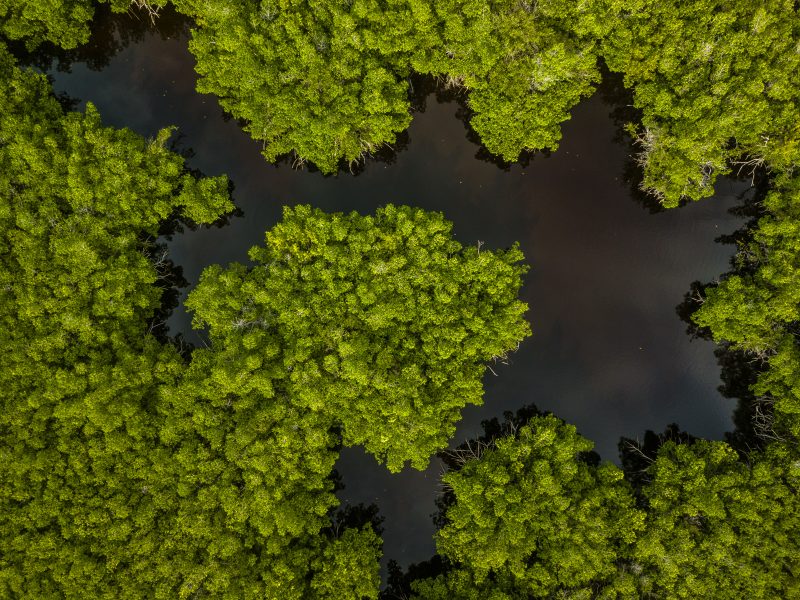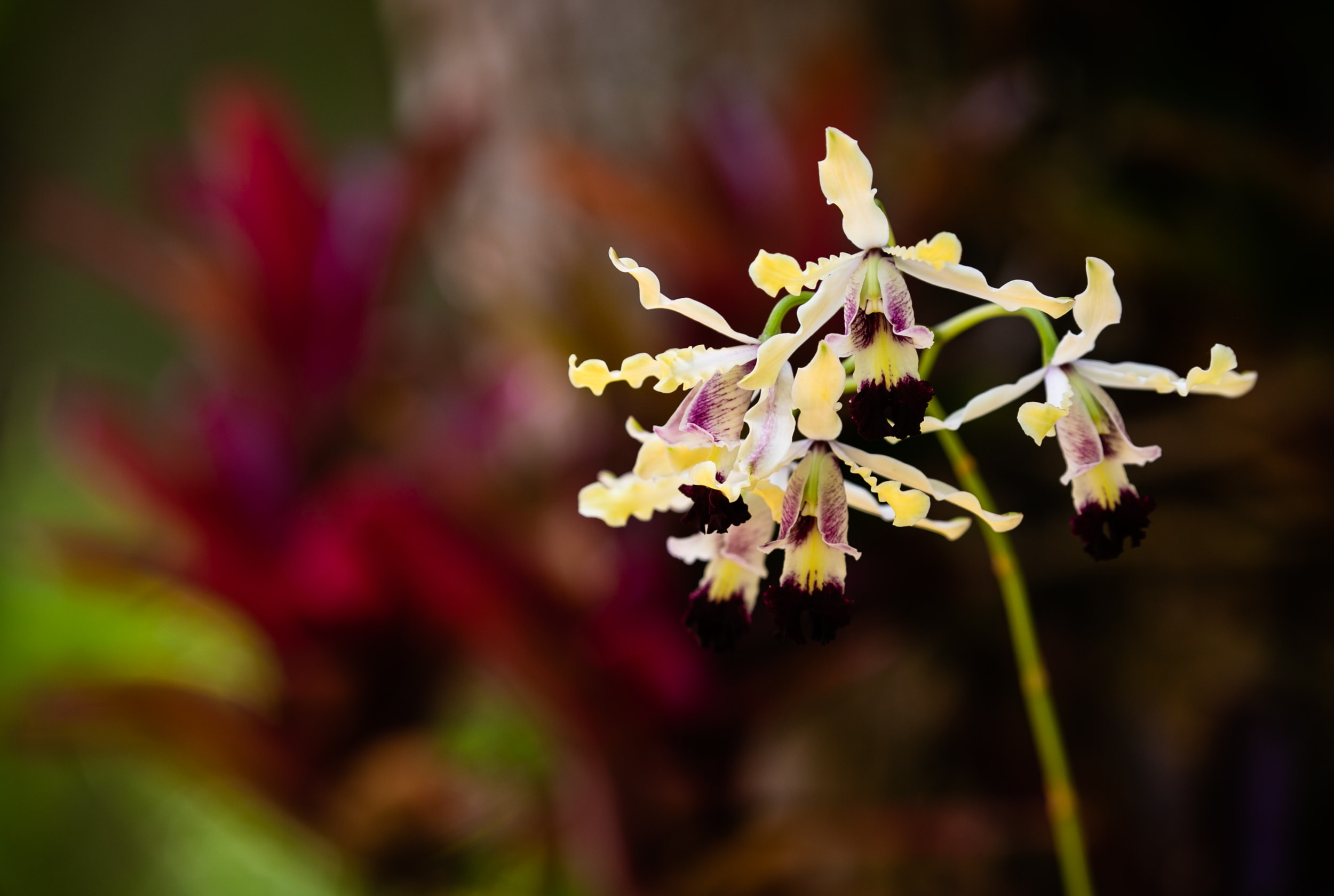
5 Things You Can Do for Mangroves
Mangroves are like superheroes. Not only do they grow in harsh conditions where no other terrestrial plant can, but they are also an extremely important ecosystem for our islands (and our Earth), providing countless ecosystem services. Mangroves slow wave energy during storm surges, hold sediment in place to reduce coastal erosion; and provide an essential nursery habitat for reef species, to name just a few.
The three species found on the Cayman Islands coasts and wetland areas can be easily recognized by their unique and specially adapted features. The red mangroves stand up in the shallows using prop roots to support them, the black mangroves use snorkel roots called pneumatophores to breathe and the white mangroves bloom with white flowers in the springtime.
It is no secret that mangroves are an ecologically and economically important habitat and if we protect them, they will do an awful lot for us in return.
Here are 5 things that you can do to help protect mangroves and, depending on your perspective, you may find that there are more things here that mangroves can do for you instead.
- Learn as much as you can!
Who doesn’t love a good FUN FACT? Mangroves have lots of them.
Did you know that Grand Cayman’s Central Mangrove Wetland covers approximately 8,655 acres and is the largest contiguous mangrove ecosystem in the Caribbean? This wetland is the ecological heart of Grand Cayman providing a constant flow of nutrients to the North Sound which there forms the base of a complex and inextricably connected food web. It also contributes to our climate and is responsible for much of the rainfall experienced in the Western parts of Grand Cayman!
- Reconnect with nature!
Scientific evidence suggests that regular exposure to blue or green space positively affects a person’s wellbeing – lucky for you, mangroves are categorized as both! Visiting the mangroves can provide education and enjoyment for all ages.
Enjoy birding – Cayman Parrots, West Indian Woodpeckers, Green Heron, Red Footed Boobies and Frigate Birds all nest in the mangroves and for individually unique reasons, are interesting and enjoyable to watch. Pick up a bird ID card from the National Trust for $4 to start your adventure.
Go Snorkeling – Explore the roots and identify the diversity of animals living in the mangroves. Not only will you witness the nursery habitat in action, but you can also see other cool creatures that make their permanent homes beneath the waves, eg. The Cassiopea, or “upside-down jellyfish” that forms a symbiotic relationship with algae. They sit upside down so that the algae, that live in their tentacles, can use the sun’s energy to create food through photosynthesis!
Take a kayak tour – Look for animals, listen to the sounds, and smell the scents!
The vibrant colours, constant ocean sounds and stillness of the magnificent mangrove ecosystem can provide a sense of calm and elevate anyone’s mood.
- Get creative with your seaward border and preserve mangroves on your property!
Mangroves don’t have to disrupt your view of the ocean, they can enhance it and create natural privacy! Visit the DOE website for mangrove trimming guidelines and suggestions including how to create a mangrove window. Mangroves also protect your property from storm surges, prevent erosion of your land, and filter sediment so that the water is crystal clear. Not only will your land be healthy and safe, but your blue backyard will be too!
- Offset your carbon footprint with Islands Offsets
You sometimes see the option to offset your carbon footprint when you book a flight, but what does this mean? Carbon offsetting means that you are directly compensating for the greenhouse gas emissions that you, or your company, are responsible for by funding that same amount of carbon to be either removed from the atmosphere or prevented from being released through investing in environmental projects. When you invest in Island Offsets, the money goes directly into the National Trust’s Land Reserve Fund which is used to purchase and protect mangroves that would otherwise have been deforested releasing long-sequestered carbon dioxide into the atmosphere.
Mangrove forests not only capture carbon dioxide from the atmosphere (like other plants) but they also store that carbon deep in their nutrient-rich soils. This means that for as long as mangrove forests are protected, the carbon dioxide that they have sequestered in their soil will also be locked away (hopefully forever!) avoiding the potential impacts of climate change associated with that carbon.
To learn more about Island Offsets, please email environment@nationaltrust.org.ky
- Donate and become a member of the National Trust 😊
By becoming a member of the National Trust, you are becoming a custodian of the environmental and historic heritage of the Cayman Islands. There are also some perks in it for you too – enjoy priority booking and discounts on National Trust activities and excursions, discounted or free admission to International National Trust properties, voting privileges at our Annual General Meeting and more!
Or simply donate any amount by visiting our website and clicking the “Donate Today” button.
Written by: Louisa Sax
Photo Credit: Omari Rankin
BACK TO NEWS
